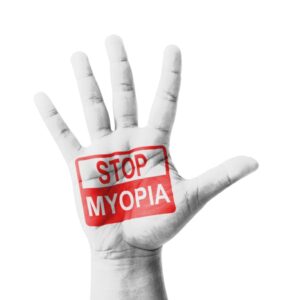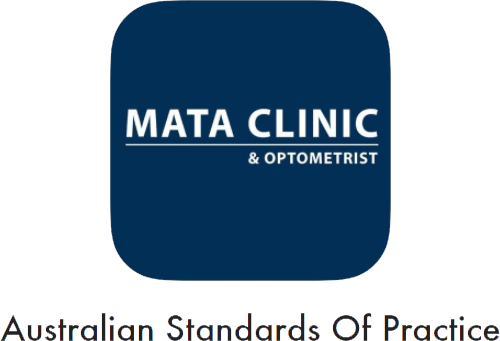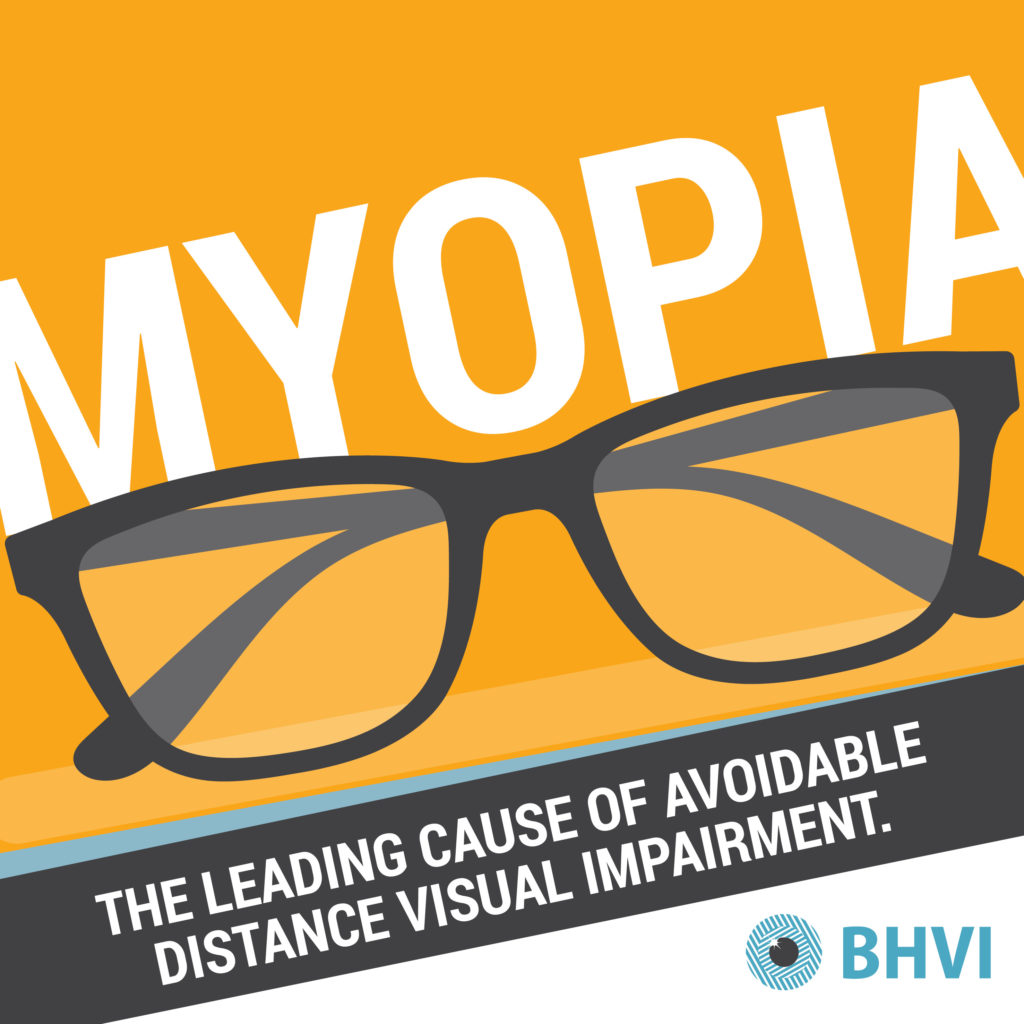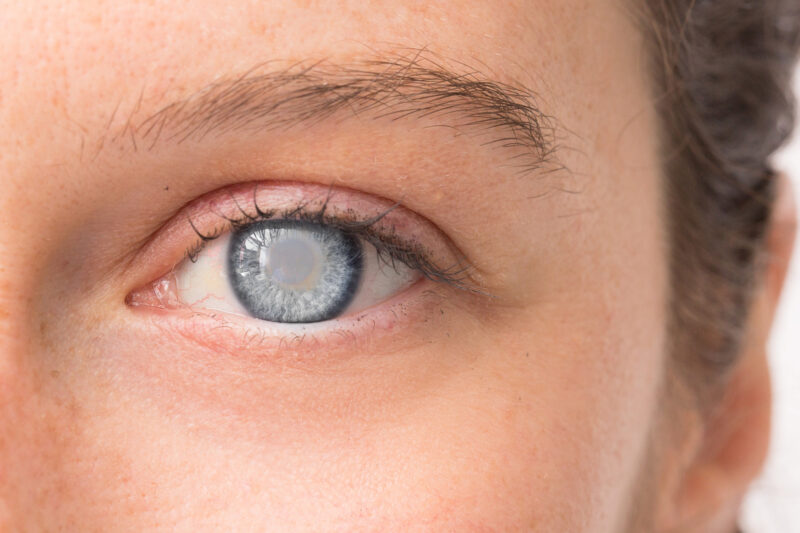What Is Myopia?
 Myopia is the single greatest threat to our children’s vision.
Myopia is the single greatest threat to our children’s vision.
Myopia is an eye condition that results in poor vision in the distance. It is also known as near-sightedness because myopic people can still see things clearly that are close.
In myopic eyes, commonly, the length of the eyeball is longer than it should be, causing images of objects from distance to be focused in front of rather than on the light sensitive layer of the eye, also known as retina.
What causes myopia?
Both genetics and environmental factors play a role, however the significant increase in the number of myopic people in the recent years is attributed to environmental risk factors. Studies from across the world have indicated that less time outdoors and longer time on near based activities (for example reading or screen time) could play a role in the development of myopia.
How common is it?
On average, 30% of the world is currently myopic and based on current trends, it is estimated that by 2050, almost 50% will be myopic. That’s a staggering 5 billion people1.






Recent Comments